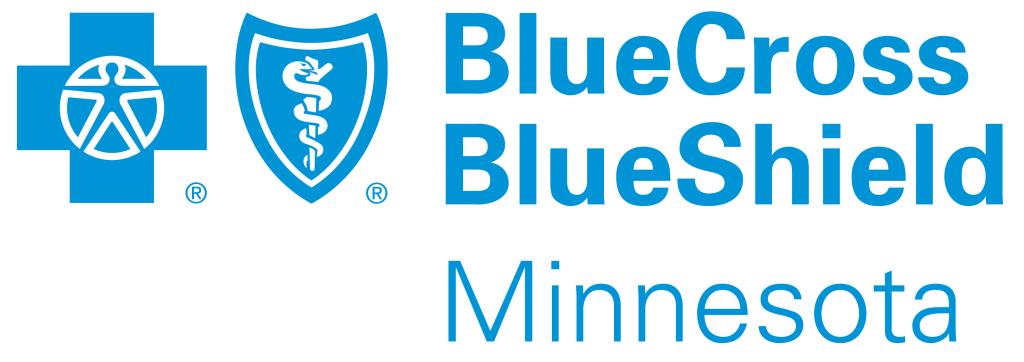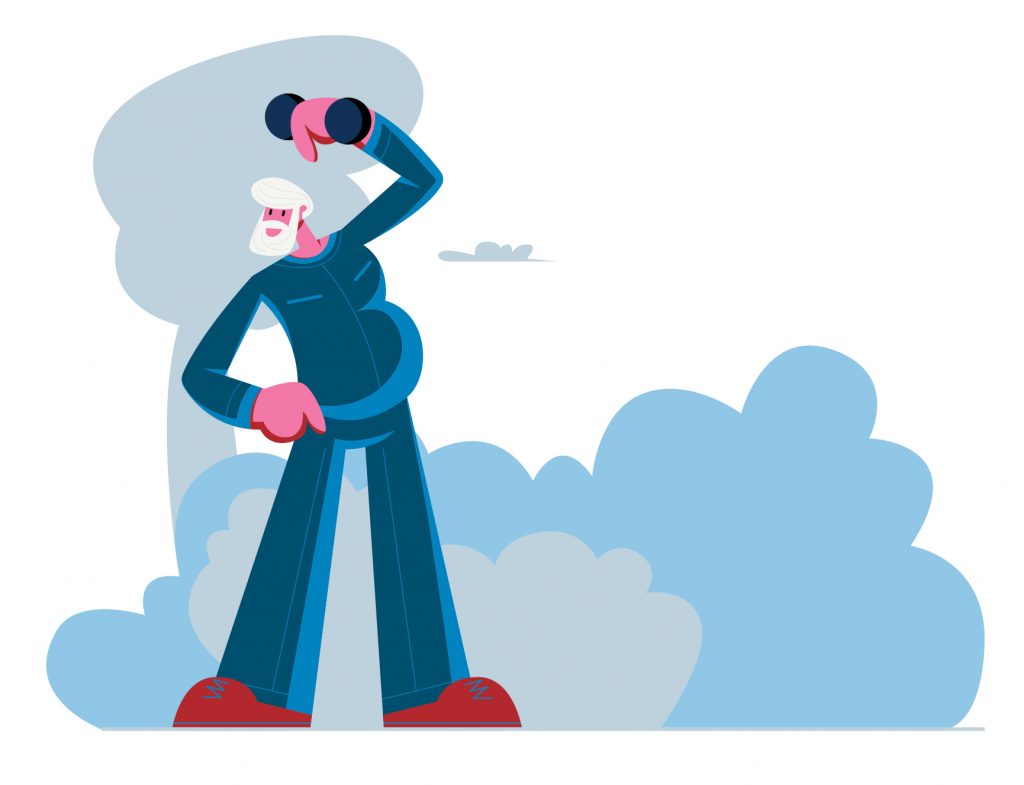Gradual loss of muscle mass, also known as sarcopenia, is a normal part of getting older.
Over the years, our muscle fibers begin to disconnect from the nervous system, a process that begins around age 40 and continues at a steady rate. Sarcopenia is one of the primary reasons older adults lose their independence, but muscle loss doesn’t have to be inevitable. Even if you’ve already lost a significant amount of muscle, it’s never too late to reverse course.
“The body never loses the ability to adapt, no matter what age you are,” says Mike T. Nelson, Ph.D., C.S.C.S., a Minnesota-based exercise physiologist.
Plus, working to keep your muscles healthy will also help you maintain bone health, which can help reduce your likelihood of fractures. Here’s how to maintain—or even build—muscle mass as you age.
LIFT WEIGHTS
Far and away the best prescription for maintaining muscle mass is regular resistance training. In fact, the authors of a recent review in the Annual Review of Gerontology & Geriatrics call resistance training a “first-line treatment strategy” for managing and preventing age-related muscle loss.
And, as muscles pull on your bones to create force, resistance training will help you build bone strength. Having strong muscles and bones will boost your functional capacity, or your ability to perform basic everyday movements without needing much (if any) help.
But while all strength exercises will improve your function, free weight exercises like squats, deadlifts, and bent-over rows will engage the most muscles in every repetition. Those exercises also tend to offer greater carryover to everyday tasks like getting out of a chair or putting things away overhead, says Brad Schoenfeld, Ph.D., C.S.C.S., an internationally renowned muscle science researcher.
As a general target, Schoenfeld recommends performing 2–4 sets of every exercise and training 2–3 days per week. Aim to use a wide range of repetitions—anywhere from 6–15 per exercise—so that you build muscular strength and muscular endurance.
Though strength training can be done on your own at a local YMCA or gym, it’s beneficial to work with a personal trainer, as he or she can create a personalized program that takes into account your goals, ability level and the amount of time you have to exercise.
POWER UP WITH PROTEIN
Another way to fight muscle loss is to increase your protein intake. Healthy protein, from lean meats, eggs, or yogurt, for example, is key for maintaining muscle. Yet older adults generally need more protein than their younger counterparts, Nelson says.
The recommended daily allowance is .36 grams per pound of body weight, which is 56 grams for a 156-pound adult. That said, not everyone’s needs are the same, and other health factors, such as existing chronic conditions, need to be considered. It’s a good idea to consult with your doctor before changing your protein intake or starting an exercise program.


